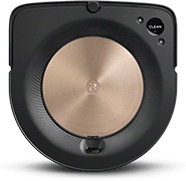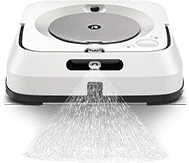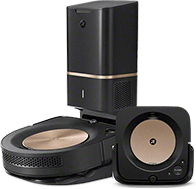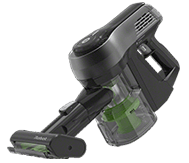What Is STEM Education & Why Is It Important?
What is STEM Education? STEM (Science, Technology, Engineering, and Mathematics) is an acronym representing the umbrella for more analytical and data-driven areas of study. But “STEM education” is more of a way of learning—an introduction to all of those topics.
It’s about providing the information and opportunities that allow the learner to decide how they’d like to use their STEM education for whichever real-world application they choose.
But what exactly does that mean for our children and their education? Their futures and careers? And what does this type of learning environment look like?
The importance of STEM education
By 2029, STEM job availability will increase by 8%, which is a faster growth rate than any other educational path. Right now there are about 19.1 million STEM jobs.
If you break that down even further to look at individual concentrations (think computer science, life sciences, etc.) within STEM learning, you’ll see that number jump even higher.
The software development job market, for example, has an expected growth rate of 22%.
Sure, a greater STEM curriculum across the country—especially in elementary school and middle school—does help to fill those roles and ensure our bright future, but that’s not its limit.
Consider coding for a moment.
We often think it’s a highly complex skill, and one only taught to software engineers. In reality, coding is everywhere, and it happens in nearly every job (if you’ve ever used formulas in an excel spreadsheet, you were coding).
STEM skills don’t work in a silo (or a vacuum wink), either. These disciplines are far more team-oriented than most fields, relying on multiple areas of expertise (science, technology, engineering) to create a single outcome.
No one builds a robot alone.
Teamwork, the collaboration of skills and experience, and leadership are all skills that develop naturally in STEM disciplines as part of their nature. Not only are these attributes important, but they are also essential to sustained success.
Since these skills translate well to every area of our lives, especially in our careers, STEM activities can be a great way to build those leadership and critical thinking skills throughout education.
What are the benefits of STEM education?
The benefits of STEM aren’t immediate, and most of them aren’t obvious or easy to measure, but that’s because they’re cerebral.
The true benefits of STEM literacy are found in the skills, the development of the brain, and in guiding career and life opportunities that may not even be related to STEM. While these benefits are innumerable, there are a few that really stand out.
Diversity of opportunity
There is no limit to career possibilities within STEM, and there’s never a direct route to your dream role. You could work in a variety of fields, with either creative or analytical aspects.
Civil engineering, for example, branches into work in structural, drainage, buildings, roads, etc.
A lot of STEM degree recipients often go into law, as well, since it’s a very methodical way of thinking. Then, of course, there are areas of law that rely on that basis of knowledge, such as patent law and regulation.
Bring learning into your home
Emotional intelligence
STEM occupations involve a high degree of imposter syndrome and self-doubt because you’re often facing questions that have never been answered before. Fields of study that haven’t fully been explored to their maximum.
You’re stumbling onto new discoveries and new ways of doing things all the time. Creation will always come with questions of ability, especially because it requires a high degree of failure before success.
STEM can be messy and hard, but that’s an important part of the process.
At our iRobot headquarters, we often take guests on tours through our museum. There, they’ll see a long wall of every iteration of a robot we’ve ever built.
Our guests never recognize them because we’ve never launched them.
But we display them because they remind us, and everyone else, that we needed to fail. We needed to go through every single one of those iterations because they became our foundation. They’re what gave us the ability to put out the phenomenal products we have today.
Science education works the concept of failure into the real world. And into the realities of work, developing emotional intelligence in students – helping them trust the process. They are given the skills to adapt to rejection and failure much easier.
Leadership skills
A strong leader knows that their team is everything. They’re the guiding hand, bringing everyone’s skills and strengths forward to reach a goal.
When you work in STEM, on activities like building a robot, you need the right hardware, circuitry, design, and sensors. You also need to know how those parts function independently, and how they come together to do what they were designed to do.
In a real-world scenario, outside the classroom, this develops between multiple people with different jobs.
STEM education builds the foundation and understanding of interactive, collaborative work.
With STEM education, even if you were to go into a field unrelated to STEM, you can see the connectivity of independent roles and work more collaboratively.
A greater grasp of other subjects
There’s evidence that students engaged in robotics education still improve their overall academic skills, both outside of robotics classes and robotics tasks.
No matter the subject area, they’re more likely to grasp the subject material and understand how they can apply it to real-world problems.
That’s because STEM develops a way of thinking, of being methodical, that makes other areas of study digestible, even when they’re complex.
Not sure where to start your own STEM Program?
Check out our library for developing a truly unique learning experience
What do you learn in early education STEM classes?
As students advance, STEM becomes more specialized, focusing more on individual disciplines. But the foundation for these studies often starts much broader in early education.
One example in early education might be pipe cleaner counting…
In the activity, you’d label pipe cleaners with a number. The child would organize the pipe cleaners from smallest to largest, and string the correlating number of beads onto each pipe cleaner.
This puts what they’re learning through auditory teaching into a visual context.
This means, that they’re learning in more than one way.
And, since they’re young, it’s also engaging other basic functional skills through bead stringing.
For slightly older children, they might learn how an ecosystem or evaporation works through experiments such as creating a water cycle in a bag.
In a very quick summary – the water cycle in a bag involves dying a small amount of water, placing it in a plastic bag, taping it to a window, and watching the magic happen.
This simple experiment can teach kids about evaporation, condensation, precipitation, and collection. It could even teach them about how certain weather conditions are possible.
We also have several activities on our website, edu.irobot.com if you’re looking for activities such as robotics for kids. Or check out our blog: How to Make a Robot at Home.
What can I do with a STEM education after graduation?
At iRobot, many of our engineers and developers had to carve out their own STEM careers and professional development utilizing untraditional paths.
They come from various backgrounds, utilizing distinct interdisciplinary approaches, which include diversified areas of expertise and study.
Many employees at iRobot landed here unexpectedly, starting sometimes in industries completely unrelated to ours, and with degrees, you wouldn’t expect to feed into our positions.
- Danielle Coderre, our Head of Social Innovation, is a great example. She’d gone to school for fashion merchandising and design. For the first thirteen years of her career, she worked at Reebok developing merchandise. Over time, she began leaning towards marketing and social media, eventually landing in the iRobot marketing department, learning and talking about robotics more than she could have foreseen at the beginning of her career.
- Eva Moscat wanted to be a math teacher when she earned her degree, and today is our Director of Software Engineering.
- Lisa Freed, our STEM outreach coordinator, spent nearly 20 years in civil engineering and landscape architecture.
- Lauren Fraser, one of our mechanical engineers, has been a structural engineer, field engineer, project engineer, and project manager throughout her career.
In other words, there are no limits to what you can do with a STEM degree.
You might start at one end of STEM and take a completely different path from the one you set out on.
Because of that, we like to make ourselves available to both teachers and students. If you have a field of study in mind, or are already on a path and would like to know where it can take you, just reach out and we’ll direct you to career opportunities, resources, and even education programs and internships.
Most recently, a student reached out to us while studying psychology, though interested in science. The iRobot team guided her to a career in user experience and user design in both robotics and marketing.
Kickstart your career as an iRoboteer
How can we add more STEM to early education?
Many classrooms don’t have all the resources they need to make STEM a regular part of education. Most student learning is only focused on STEM studies in respective classes, such as basic science or math.
But there’s room for STEM in every area of learning, and as we’ve mentioned before, there are a lot of benefits to that.
STEM is a way of thinking, and it develops areas of the brain for better teamwork, collaboration, problem-solving, and critical thinking.
If we can bring that into the classroom more often, and even into the arts, we’re setting our youth up for success whether they have a STEAM career or not. (STEAM being science, technology, engineering, and math AND art).
So, how do we achieve this?
If we were to incorporate STEM into social studies, we might use robots to read or play the music that follows the timeline of a story.
If you were to reenact Paul Revere’s ride, a robot might display landmarks, the path Paul Revere took, or even set the scene for events that happened along the way.
In music, students might create or use gadgets that help them learn an instrument, keep them in tune, or create original compositions (maybe even add background lighting timed with their performance).
In kindergarten, a robot pen or puppet may help tell a story, or respond to events in a story the teacher tells.
In language studies, robots may be used where there aren’t as many teachers available to speak the language (several parts of Japan use robots to teach English, due to a lack of available English-speaking teachers, for instance).
By utilizing educational technology we can help get students more involved in STEM. And for many students, this heightens the excitement of learning.
But what else can we do to bring more STEM to the classroom?
This is a question we ask ourselves a lot over here at iRobot. It’s led to the creation of a lot of our outreach programs, educational robots, career resources, community partnerships, as well as National Robotics Week.
Some of the ways we’re helping to boost STEM learning in the classroom:
- Our ambassador program – in which educators, and STEM teachers, can help our learning designers by testing any resources we create and providing us with insights into what’s really going on in the classroom.
- Tours of our iRobot museum (including many of our failed projects).
- Classroom visits – we’re happy to hold virtual robotics or STEM events in your classroom. As part of these virtual classroom visits, we’ll also discuss the varied career opportunities where good STEM education can lead.
- Internships and job shadows – which we highly recommend doing before you jump into a career.
Community partnerships – working with public schools, community groups, and after-school programs involved with STEM subjects or those that want to add them to their program.
- National Robotics Week – which is now both virtual and live across the nation, involving everything from small activities to large competitions.
- Permission to fail panel – we often attend higher education environments to talk about failure in STEM and in your careers, demonstrating that career paths aren’t linear and that failure is a natural part of the process towards success.
- The iRobot Learning Library – you’ll find dozens of resources, games, activities, and even coding programs to equip schools and students with all the resources they need to bring STEM to the classroom in a tangible way.
Should you pursue STEM education?
Beyond the potential for a vibrant career, STEM fields are so broad and all-encompassing that it opens doors to a career that you can craft for yourself.
Start in one area of study, move on to another, and another, and somehow find yourself where you never thought you’d be.
Of course, your studies and positions within companies may be all interrelated somehow. But there is flexibility in your path and the shaping of your future.


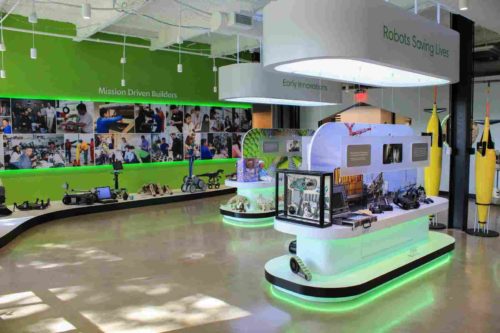




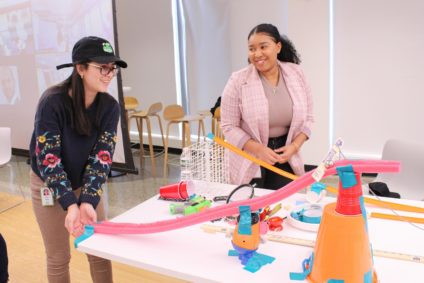
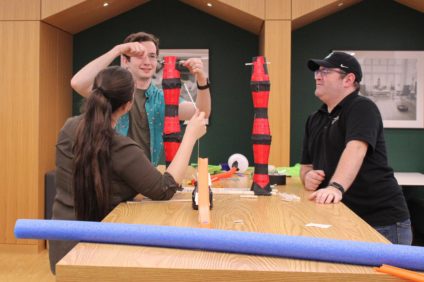
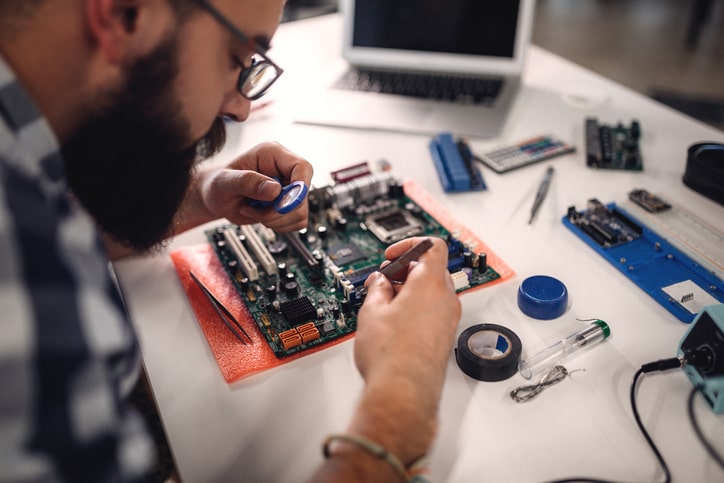
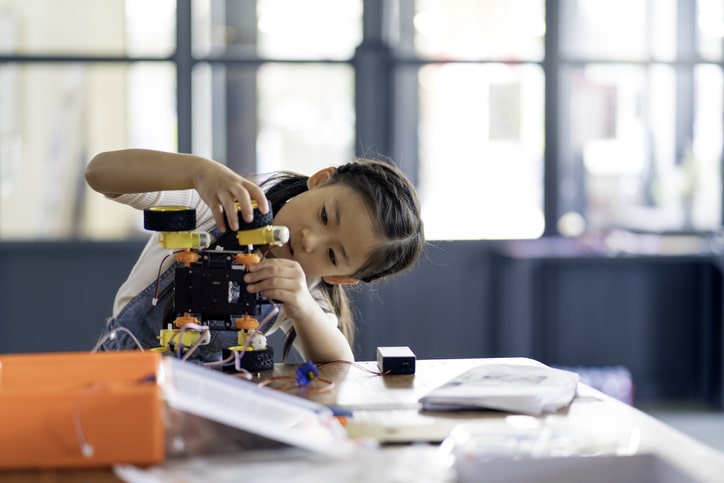
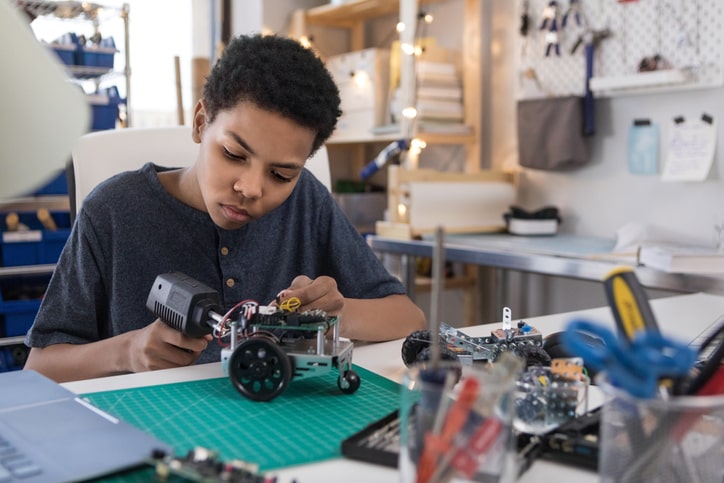
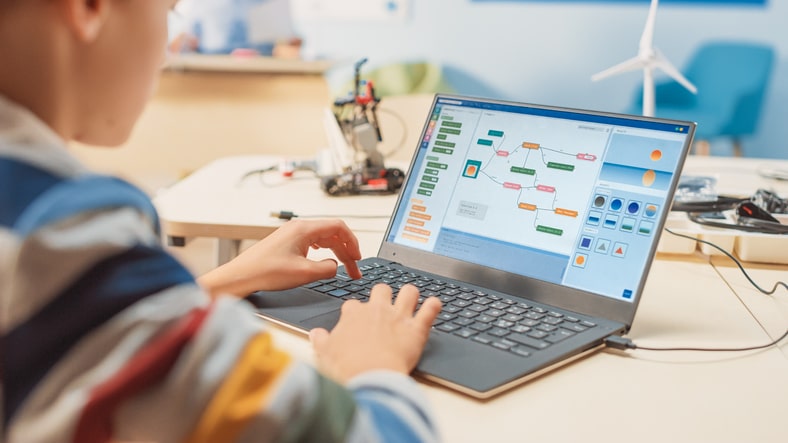 Community partnerships
Community partnerships